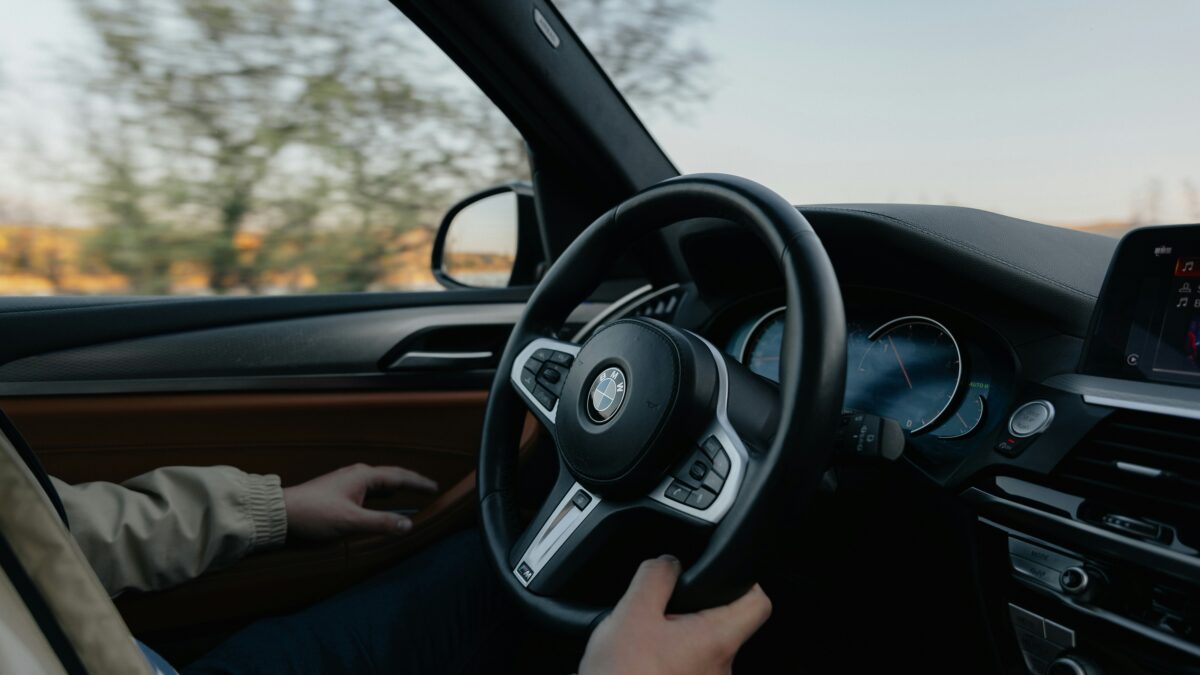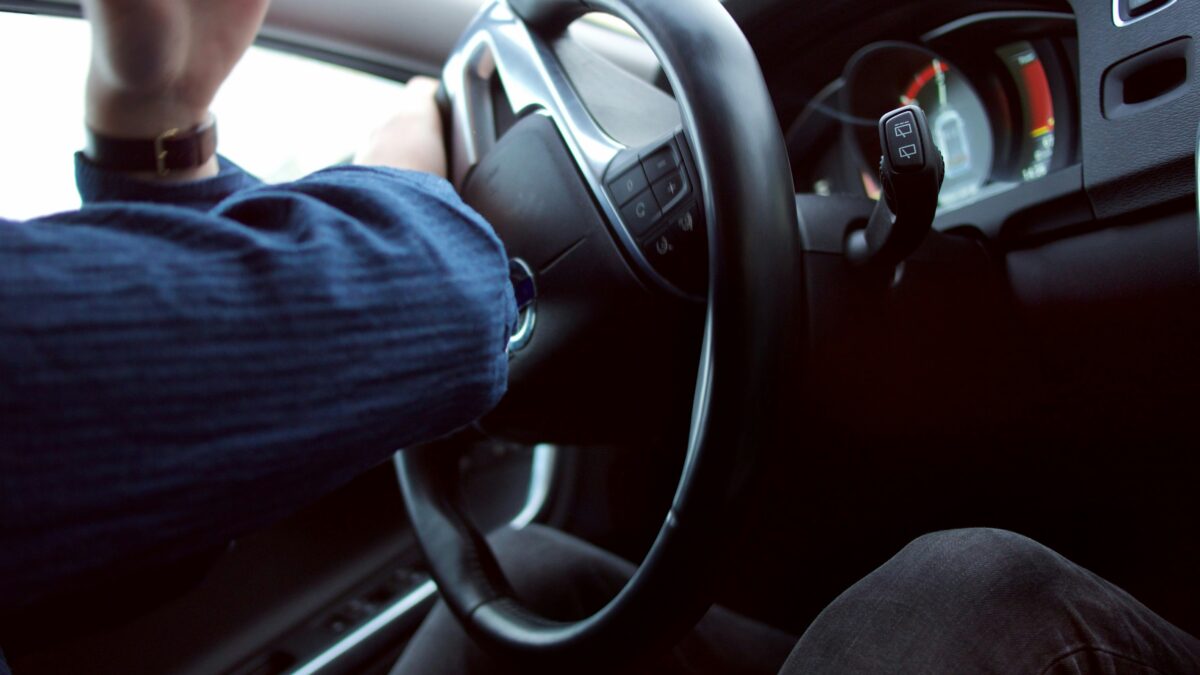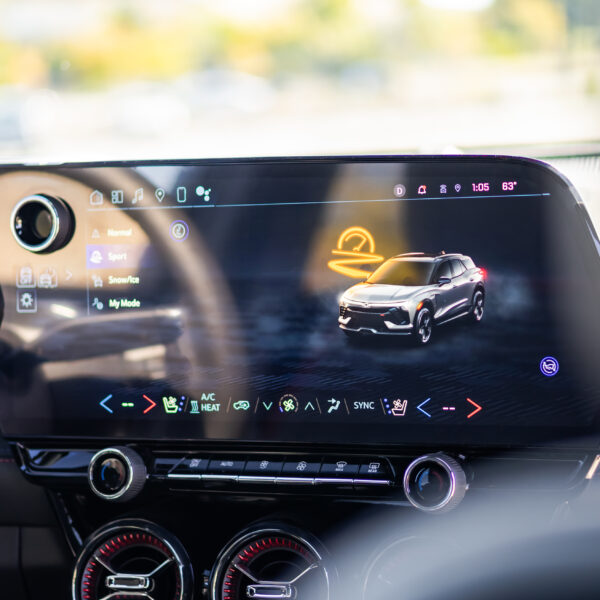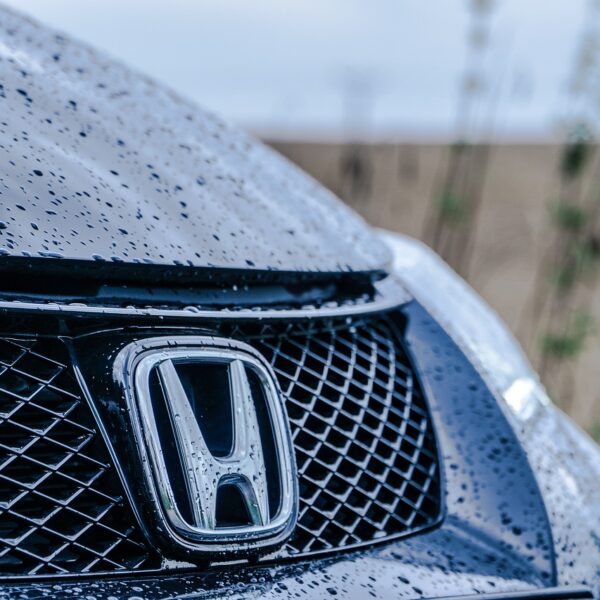Weathering the Storm: How to Protect Your Car During Hurricane Season
If you live in a hurricane-prone area, you’ve probably experienced more hurricanes than you’d like to admit. Every summer brings the dreaded welcome of hurricane season – where all residents must anticipate the potential loss of power, heavy rains, and household essentials flying off the shelves of grocery stores.
Hurricanes are unpredictable and have the ability to cause catastrophic damage. Between the power outages, debris, and storm surge, residents must always stay alert and informed on what’s to come.
A Category 1 storm can easily turn to a 4 or 5 by the time it makes landfall.
With this understanding, all civilians should value the importance of hurricane preparedness and how simple steps can improve your safety as a result.
Recently, Hurricane Isaias caused major destruction along the East Coast – leaving several families without power for weeks. This Category 1 storm gave us a preemptive glance into this year’s hurricane season, with many experts predicting an “extremely active” 2020 hurricane season ahead.
BREAKING: @NOAA just updated its 2020 Atlantic #HurricaneSeason Outlook. The forecast calls for a total of 19-25 named storms, with 7-11 becoming #hurricanes. This is the first time NOAA has predicted as many as 25 named storms for a season. More: https://t.co/MPjZIxICNb pic.twitter.com/pQYGWyGThG
— NOAA Satellites – Public Affairs (@NOAASatellitePA) August 6, 2020
Regardless of the strength or size of the storm, the hazardous conditions associated with hurricanes should not be taken lightly. Prioritizing safety is the best method for reducing your risk of damage during hurricane season. As they say, it’s better to be over prepared than under-prepared.
Beyond grabbing the essentials, like water, canned goods, and battery operated flashlights, people must account for their personal property. This includes installing shutters and moving outdoor furniture. If you’re lucky, your house comes equipped with hurricane-proof windows and doors.
The art of hurricane preparedness involves taking everything into account – especially your vehicle. Cars are often more susceptible to damage during hurricane season due to their glass windows, headlamps, and exposure to the elements.
To ensure your vehicle is best protected this hurricane season, follow the tips below to improve your hurricane preparedness and overall safety.
Documentation is a must; take photos for proof
If a storm is approaching, you’ll want to create a home inventory of your property. This means capturing photographic evidence of the preexisting condition of your home.
Once a hurricane hits, the damage could overwhelm you and you might forget the condition of your property.
To avoid this stress, take photos or videos of the interior and exterior of your car, making sure to capture its current condition before the storm.
You may think, “But I already have car insurance coverage, why would I need photos?”
Without a doubt, these photos will help you.
According to the Insurance Information Institute (III), documenting is a crucial step in establishing your claim and getting it processed faster. Strictly for insurance purposes, it is worth the extra step to guarantee you get the compensation for damages.
Fill your tank
Before a hurricane makes landfall, take a drive to your local gas station. Fueling your tank is an important step in the case of an emergency. For example, you may have to evacuate your home unexpectedly.
Having a full tank of gas gives your family the freedom to escape on the spot if a storm is more disastrous than expected.
Most gas stations will likely be closed during or after a storm, so you’ll thank yourself later by getting gas before the storm hits.
Time to trim those trees
A great way to improve your hurricane preparedness and safety is by trimming your trees. If time allows, take the initiative to cut down loose branches and heavy shrubbery that could easily turn into flying limbs when those 95 mph winds hit.
If some trees are newly planted or leaning from old age, it could be useful to stake and secure them. This will help prevent a tree from breaking and potentially falling on your vehicle.
As an added perk, it will minimize your cleanup process once the storm has passed.
Parking is imperative. Choose a sheltered spot
The conditions of a hurricane can vary between strong winds, flooding, and debris. While you remain safe inside your house, your precious car braves the storm on the front lines.
In order to better protect your vehicle during hurricane season, it is best recommended to park your car in a sheltered place. The best options are a garage or carport that decreases the likability of a tree or debris possibly wrecking your vehicle.
If you cannot park in a garage, experts recommend to park as close to your house as possible. However, avoid parking near trees or power lines.
Although it’s not ideal to separate from your car during a hurricane, if you live in a flood-prone area you’ll want to move your vehicle to higher ground.
Purchase a protective car cover
A car cover provides extra protection against heavy hurricane winds. You can order one online or customize one that fits perfectly to your vehicle. The weatherproof material will serve as a barrier to the harsh conditions outside – with the hope of keeping your car completely intact.
If you’re balling on a budget, you can even drape a heavy tarp over your vehicle to protect the windows and headlights from breaking during the storm.
Drive only if necessary
With an active hurricane season approaching, it is crucial for all residents to prioritize hurricane preparedness. Planning ahead is the best way to keep you and your personal property safe. Organizations like Red Cross and FEMA actively recommend for residents to prepare ahead of time.
Once the storm passes, remember to:
- Only drive if necessary
- Avoid power lines and debris
- Stay away from deep puddles or flooded roads
Taking these precautionary steps cannot prevent damage from occurring during hurricane season, but it will definitely help lessen the impact.
















This is some really good advice for those of us in hurricane prone areas. The only thing I’d add is to avoid driving through puddles: murky water can hide deceptive depths. I’ve heard horror stories about people driving through what looked like a flooded road, but was actually a canal, indistinguishable because of the water.